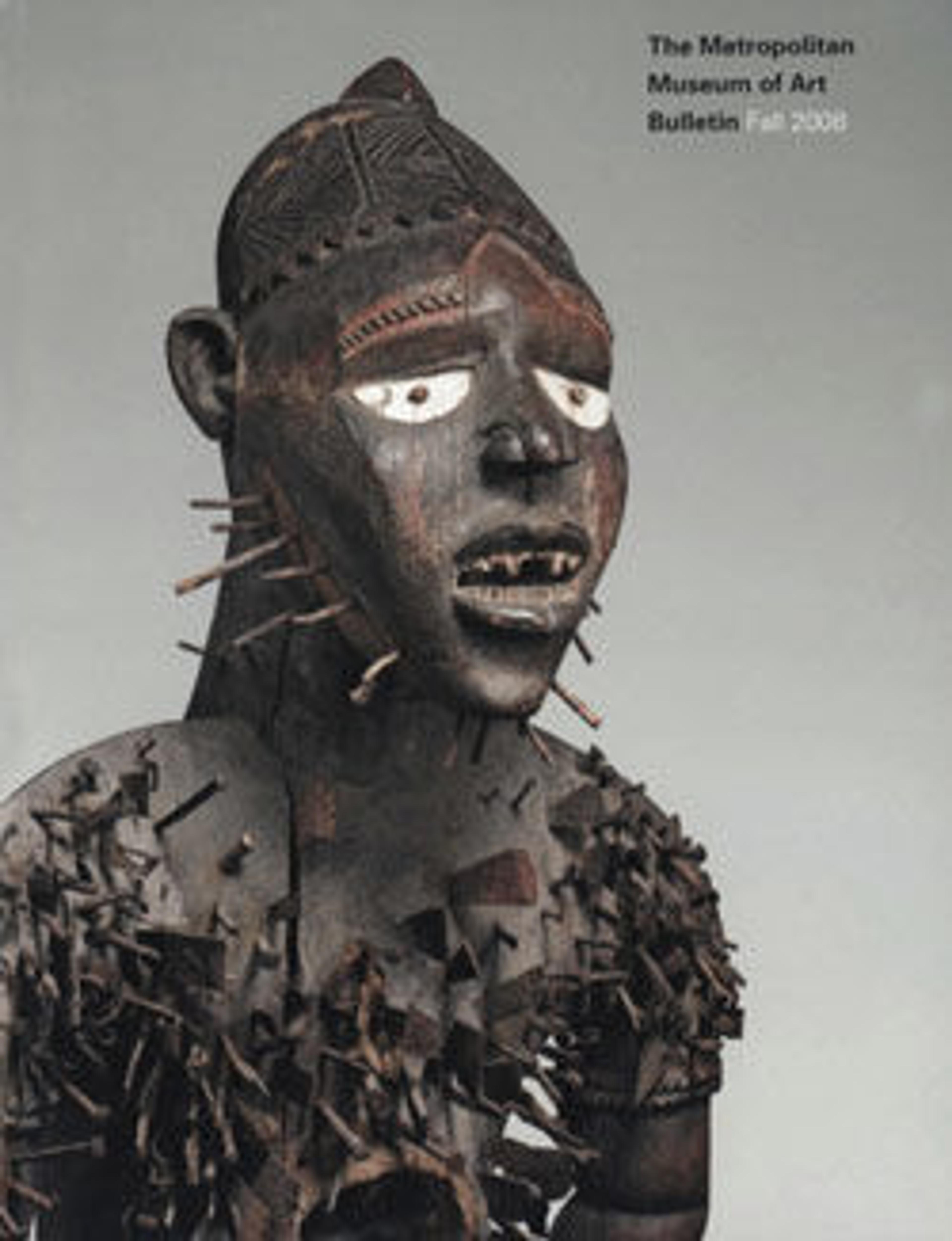"Maple Bridge Night Mooring"
Ike Taiga, one of the most prolific and influential artists of the Nanga, or literati school, in Kyoto, excelled in a calligraphic style called karayō, or Chinese-style writing. This screen displays Taiga’s mastery of the style in his inscription of the Chinese poem “Maple Bridge Night Mooring,” by Zhang Ji (766?–830?), whose verses Taiga frequently used in his paintings and calligraphic works. The characters, most of which are rendered in grass script, or sōsho, were powerfully brushed, with contrasting wet and semi-dry brushstrokes and broad and thin lines. The poem reads:
The moon sets, crows sing, and frost fills the sky.
Maple trees along the river and fires in fishing boats
face me, sleepless with lament.
The bell of Cold Mountain Temple outside Suzhou tolls,
At midnight, the sound reaches this boat.
The moon sets, crows sing, and frost fills the sky.
Maple trees along the river and fires in fishing boats
face me, sleepless with lament.
The bell of Cold Mountain Temple outside Suzhou tolls,
At midnight, the sound reaches this boat.
Artwork Details
- 池大雅書 「楓橋夜泊」屏風
- Title: "Maple Bridge Night Mooring"
- Artist: Ike no Taiga (Japanese, 1723–1776)
- Period: Edo period (1615–1868)
- Date: ca. 1770
- Culture: Japan
- Medium: Two-panel folding screen; ink on paper
- Dimensions: Image (each panel): 53 1/4 x 22 1/8 in. (135.3 x 56.2 cm)
Overall: 68 3/4 x 72 3/4 in. (174.6 x 184.8 cm) - Classification: Paintings
- Credit Line: Purchase, Friends of Asian Art Gifts, 2008
- Object Number: 2008.66
- Curatorial Department: Asian Art
More Artwork
Research Resources
The Met provides unparalleled resources for research and welcomes an international community of students and scholars. The Met's Open Access API is where creators and researchers can connect to the The Met collection. Open Access data and public domain images are available for unrestricted commercial and noncommercial use without permission or fee.
To request images under copyright and other restrictions, please use this Image Request form.
Feedback
We continue to research and examine historical and cultural context for objects in The Met collection. If you have comments or questions about this object record, please contact us using the form below. The Museum looks forward to receiving your comments.
